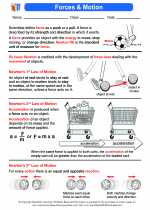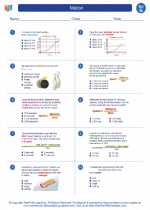Tissue Repair
Tissue repair is the process by which the body replaces damaged or dead cells. It involves a series of complex steps that occur in response to injury or disease. The main goal of tissue repair is to restore the structure and function of the affected tissue.
Types of Tissue Repair
There are two main types of tissue repair:
- Regeneration: In this process, damaged tissue is replaced by the same type of cells that were originally present. Regeneration is the ideal outcome of tissue repair, as it restores the tissue to its original state.
- Scar Formation: When the damage is too extensive or the tissue is unable to regenerate, scar tissue is formed. Scar tissue is composed of fibrous connective tissue and does not function like the original tissue.
Steps of Tissue Repair
The process of tissue repair involves several key steps:
- Inflammation: This initial phase involves the body's immune response to the injury. Blood vessels dilate, allowing immune cells to enter the damaged tissue and remove debris and pathogens.
- Proliferation: During this phase, new cells are generated to replace the damaged ones. This may involve the proliferation of nearby cells or the activation of stem cells to differentiate into the needed cell types.
- Remodeling: In this final phase, the newly formed tissue matures and gains strength. It involves the reorganization of the extracellular matrix and the removal of excess scar tissue.
Factors Affecting Tissue Repair
Several factors can influence the outcome of tissue repair:
- Severity of Injury: The extent of the damage can determine whether regeneration or scar formation occurs.
- Age: Younger individuals generally have a better ability to regenerate tissue compared to older individuals.
- Nutrition: Adequate nutrition is essential for supporting the energy and building blocks needed for tissue repair.
- Blood Supply: Proper blood flow to the injured area is crucial for delivering oxygen and nutrients to support repair processes.
Study Guide
To effectively study the topic of tissue repair, consider the following key points:
- Understand the differences between regeneration and scar formation.
- Memorize the steps involved in tissue repair (inflammation, proliferation, remodeling).
- Explore the factors that can influence tissue repair outcomes.
- Review specific examples of tissue repair in different organs or body systems.
By mastering these concepts, you will have a solid understanding of tissue repair and its importance in maintaining the body's overall health and function.
.






